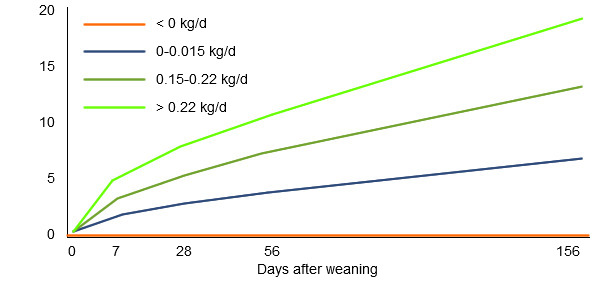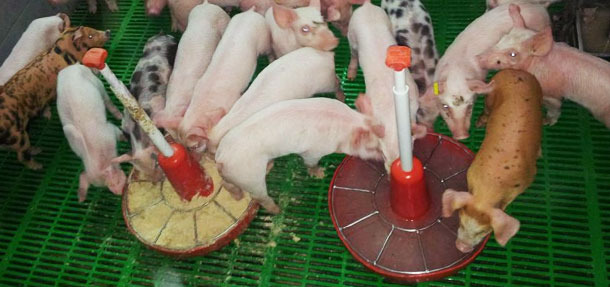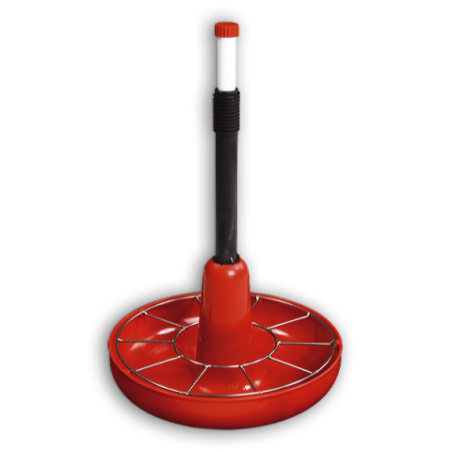The weaning is one of the most critical stages in pig production from the social and the physiological point of view. On the one hand, we take the piglet away from the sow, we take it to an unknown place (nursery) and we mix it with other piglets that are not its siblings, and we change its feeding. On the other hand, the piglet stops receiving the passive immunity from its dam, but its immunological system is not sufficiently mature so as to defend it from the majority of the diseases, and its digestive system is not totally ready to digest certain ingredients in the feed.
All this translates, many times, in the piglets taking some time to start to eat the prestarter feed (more than 24 hours), and this is very harmful for their health and development. Frequently, this entails the appearance of diarrhoea and weak piglets that take long to recover. The first thing that happens to the piglet when it does not eat nor drink is that it becomes dehydrated and enters a vicious circle in which it will become weaker and weaker and it will be more difficult for it to eat and drink.


Graph 1. Influence of the weight gain during the first week after weaning on the subsequent production results. Adapted from Tokach et al., 1992
In order to minimise this and to facilitate that the piglet starts eating as soon as possible after its weaning, we can offer, apart from the feed, dishes with water and some kind of rehydrating product. We should keep these dishes for at least 2-3 days after weaning. They should be the same ones used in the farrowing quarters for the creep feed, because this facilitates feed intake. Ideally, we should give them water 2-3 times per day, and the same applies to the feed. In this way we will promote water intake and, consequently, feed intake, and if we avoid dehydration, we will be giving better opportunities to the piglet to start eating.





